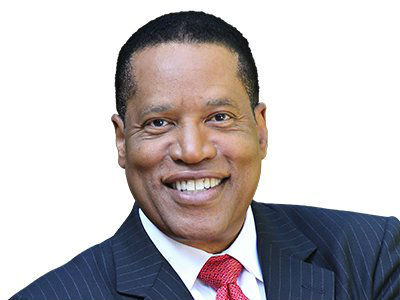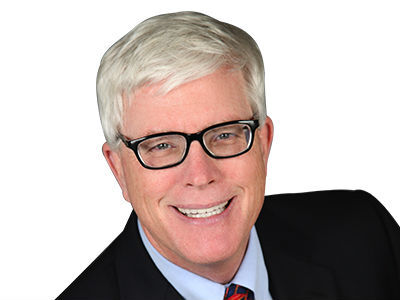How Gen Z and Gen X differences in social media behavior contribute to parent-child generational divide
Lifestyle

Audio By Carbonatix
12:30 PM on Friday, November 14
By Dovie J. Villalobos, LSW, PEL, CADC for LifeStance Health, Stacker
How Gen Z and Gen X differences in social media behavior contribute to parent-child generational divide
The digital age has created an unprecedented communication divide between parents and their children. Recent research from LifeStance Health in partnership with Researchscape International, conducted in 2025, reveals striking differences that help explain why so many families are struggling to connect across generational lines.
Gen Z vs Gen X: Understanding the generational divide
To understand this conflict, we first need to recognize who we’re talking about. Generation Z typically includes individuals born between 1997 and 2012, making their age range approximately 13 to 28 years old as of 2025. Generation X covers those born from 1965 to 1980, which means their age range is about 45 to 60 years old in 2025.
These two generations didn’t just grow up in different decades; they grew up in entirely different worlds when it comes to technology, mental health awareness and communication styles.
It's important to note that Gen Z is also recognized as the most stressed generation, according to research published in 2020 by the American Psychological Association, further complicating their interactions with Gen X parents.
The research data paints a clear picture: Society is dealing with two groups that might as well be speaking different languages when it comes to discussing emotions, relationships and mental health.
What is ‘therapy speak’ and why is it important?
“Therapy speak” refers to the casual use of clinical mental health terms in everyday conversations, including words and phrases like “toxic,” “gaslighting,” “narcissist” and “trauma bonding.” According to the LifeStance research, about half (50%) of Gen Z respondents regularly use these terms, compared to only 25% of Gen X respondents and even fewer baby boomer respondents (11%).
This difference in language can lead to misunderstandings. Older generations, especially baby boomers and Gen X, grew up when discussing mental health openly was stigmatized. For them, acknowledging a mental health condition might mean being labeled negatively, potentially creating barriers to communication within the family.
Navigating mental health stigma and acceptance
For many older adults, mental health discussions were largely avoided or discouraged, leading to limited understanding and acceptance. However, when mental health topics become more openly discussed, older generations often experience a revelation: They start recognizing symptoms in themselves that previously went unnoticed or untreated. Understanding that others share similar struggles can offer relief and promote the seeking of appropriate treatment.
But there’s still a significant gap. Parents often lack familiarity with newer mental health terminology, which can lead to them feeling isolated and out of the loop. Support groups specifically designed for parents can provide valuable community and education, helping them feel less alone in their journey.
Mental health conditions online self-diagnosis: Gen Z vs. Gen X
Another significant finding from the LifeStance research is the prevalence of self-diagnosis through online resources. Half of Gen Z respondents reported self-diagnosing mental health conditions, compared to only 26% of Gen X and just 9% of Baby Boomers. Additionally, half of Gen Z respondents admitted to diagnosing their friends or family members.

When participants were asked why they chose to self-diagnose, LifeStance’s research showed that there were several reasons:
- 51% want to try self-help methods first.
- 42% feel more comfortable researching on their own.
- 40% find relatable or helpful information online.
- 36% need quick answers.
- 36% are unsure if their symptoms are serious enough.
- 30% are not ready to seek professional help.
- 28% face family or cultural stigma around mental health care.
- 23% distrust or fear being dismissed by professionals.
Bridging the gap: Tips for better family communication
So how can families help bridge these generational divides?
- Encourage Open Dialogue: Create safe spaces at home where everyone can discuss mental health without fear of judgment.
- Educate Together: Consider family therapy or support groups that address contemporary mental health topics, helping everyone stay informed.
- Seek Neutral Mediation: Therapists can mediate conversations, providing clarity and balance, particularly around sensitive subjects like self-diagnosis and social media use.
Ultimately, it’s essential to recognize that each generation has unique strengths and weaknesses in the approach to mental health. Families experiencing communication challenges or generational conflicts may consider finding a therapist who specializes in family therapy, in both individual and group settings, to guide their family toward stronger connections and understanding.
This story was published by LifeStance Health and reviewed and distributed by Stacker.

























